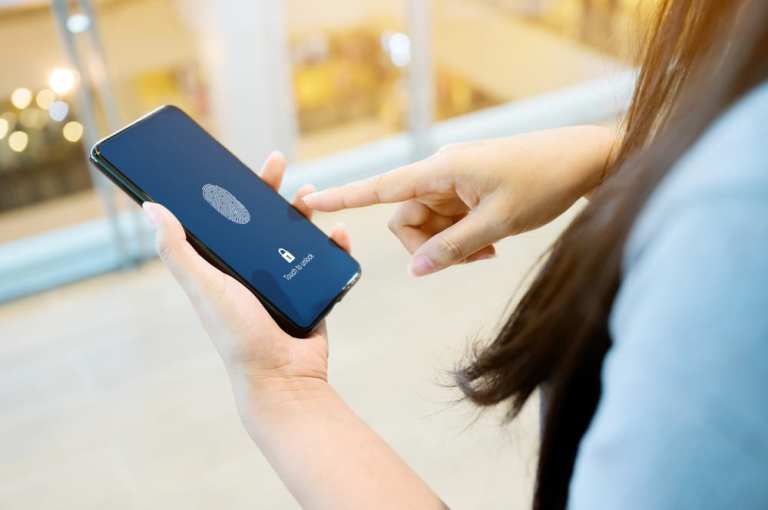
PYMNTS’ research finds that more than 65 percent of consumers used digital channels to open accounts in the past year. That’s not so much a wave as it is a tsunami – but a good one.
Except for all the fraudsters, of course. Remote onboarding is as great for crooks as it is for consumers – all they need is total anonymity and bogus credentials to make trouble.
As is discussed and dissected in PYMNTS’ FI’s Guide to Improving Digital Onboarding: Understanding How Consumers Want to Access Banking Services report, a Mitek Systems collaboration, biometric markers such as fingerprints, facial patterns and voiceprints are crucial to defeating cyberthieves at the onboarding stage.
There’s a consumer awareness job that needs to be done so that legit consumers can understand the purpose of these tools and the protections they afford.
The new FI’s Guide to Improving Digital Onboarding analyzes key findings from a PYMNTS survey of more than 2,000 U.S. consumers who recently opened accounts with financial institutions (FIs), and reveals “how a little communication can go a long way toward helping FIs explain biometric-based identity verification tools and the benefits they offer when onboarding new customers,” conveying the benefits to answering lingering questions.
Securing Remote Onboarding
To understand the growing importance of biometric identity verification, it’s important to grasp how large and lasting the COVID digital shift appears to be. We’re crossing over into digital-first experiences being the norm at FIs, as the survey showed.
The FI’s Guide to Improving Digital Onboarding found that almost 61 percent of consumers who formerly preferred in-person banking have been doing it less often since March. At the same time, 57.2 percent of consumers who already interacted digitally have increased their use of digital channels.
“This shift is likely here to stay, too, as our research suggests that interacting with FIs digitally or in a contactless manner is now a must-have option for consumers. It is ‘very’ or ‘extremely’ important for 53.7 percent of consumers to be able to open or access accounts contactlessly, for example,” per the new guide.
And while consumers don’t mind sharing email addresses, phone numbers and even Social Security numbers, they’re still getting used to the idea of biometric scans as the ultimate form of ID.
“Close to 70 percent of consumers do not mind providing standard personal information, such as an email address, birthdate or phone number, but only one-third are comfortable providing biometric information, such as fingerprints, photos for facial recognition or voiceprints, to their current financial institutions.”
Engendering Trust in Biometrics
“Consumers now also use digital channels to create accounts that they would typically open in person at brick-and-mortar locations,” The guide states, noting that 71.1 percent of consumers have opened credit card accounts remotely, and 67.7 percent have done so with brokerage accounts.
The good news for incumbent FIs is that accountholders report being more comfortable taking the biometric journey with a known entity than a new one. “Just 30.2 percent of consumers state that they feel comfortable registering their fingerprints, while 24.1 percent are comfortable uploading selfies for facial recognition and 18.5 percent are at ease registering their voiceprints,” according to The FI’s Guide to Improving Digital Onboarding.
“We see this trend across all generations except for baby boomers and seniors, who tend to be less reluctant to provide personal information. Gen Z consumers are conversely the most reluctant of all generations to divulge personal details, though birthdates and digital IDs are an exception.”
It all comes back to communications and messaging. “Of consumers who do not understand why biometric information is needed, about 30 percent indicate they would be more comfortable if the FIs asking for these details offered more background information about why they were necessary,” according to the new guide. “This would reduce reluctance for subgroups that also do not understand why the information is required: 31.1 percent of those are uncomfortable registering their fingerprints, 27.1 percent are reticent to upload selfies for facial recognition and 33.2 percent of consumers are unwilling to register their voiceprints.”